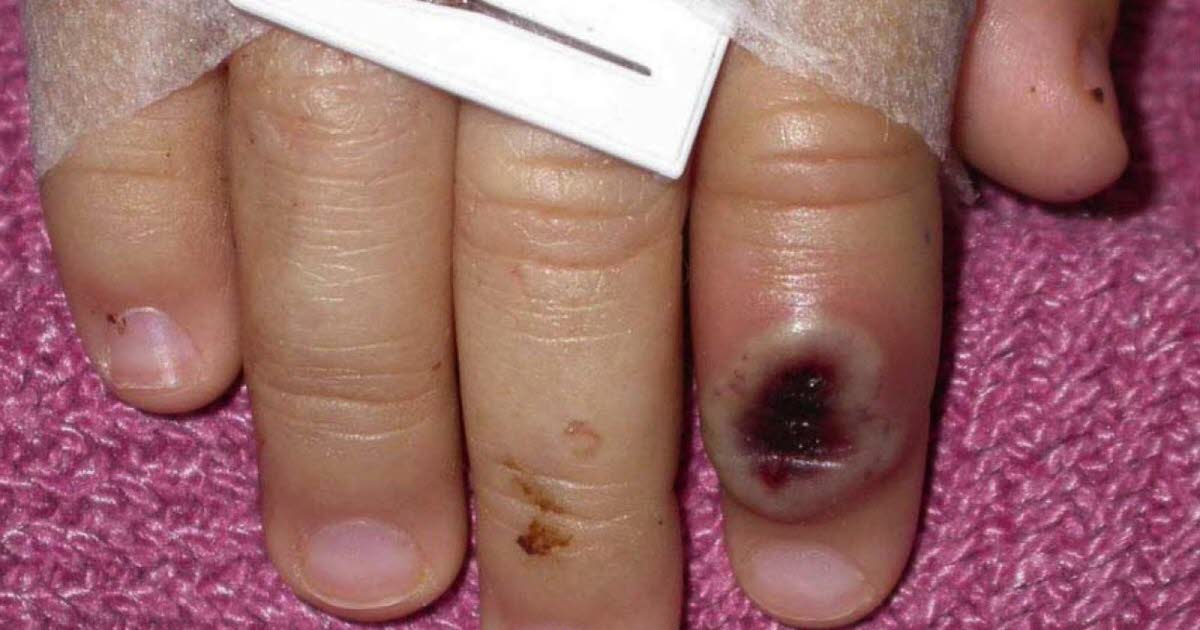Why are we talking about it ?
Several cases have been detected since the beginning of May in England.
The first alert from the British health security agency dates from May 7. It concerns a patient who recently traveled to Nigeria, where he is believed to have contracted the infection, before returning to the UK. He is being treated at St Thomas’ Hospital in London, in a specialist isolation unit.
Two other cases were officially identified this Saturday. These are two people who live in the same household. It is currently unknown where and how they were infected. We only know that these two cases are not related to the previous one. An investigation is underway to shed light on the origin of their contamination.
One of these two people is being treated at St Mary’s Hospital in London, in a service of infectious disease experts. The other person’s condition does not require hospitalization at this time. She simply has to respect an isolation.
What is this disease?
Monkeypox belongs, like classical smallpox, to the group of orthopoxviruses. It is transmitted to humans via animals, most often rodents. But it was first identified in monkeys in 1958.
The first human cases were detected in 1970, in the Democratic Republic of Congo.
Since then, several African countries have been affected: Benin, Cameroon, Central African Republic, Gabon, Côte d’Ivoire, Liberia, Nigeria, Sierra Leone and Sudan. The disease is still present sporadically in parts of central and western Africa, near tropical rainforests.
In 2003, an epidemic occurred in the United States after rodents were imported from Africa to be used as pets. A few cases had also already been detected in 2018 in Great Britain.
1 to 10%
Monkeypox is usually a mild illness. With care, most patients recover. However, a severe form can occur in some people. On average, the fatality rate is estimated between 1 and 10%. Most deaths occur in very young children.
What are the symptoms ?
Early symptoms usually include fever, headache, muscle aches, back pain, swollen lymph nodes, chills, and exhaustion.
A rash may develop: it often starts on the face and then spreads to other parts of the body, including the hands and feet.
The rash changes appearance as the disease progresses. After some time it forms a crust, which eventually falls off.
Should we be worried?
“Monkeypox is not easily transmitted between people,” says Dr Colin Brown, director of clinical and emerging infections at the UK Health Security Agency.
The infection can spread when a person is in close contact with an infected and symptomatic case. Overall, therefore, the risk of transmission to the general population is very low.
Decline of immunity
The Institut Pasteur notes, however, that the number of cases and epidemics of monkeypox seems to be increasing in Africa since 2000.
He emphasizes the global decline in immunity to viruses of the orthopoxvirus genus (responsible for human smallpox), after the cessation of smallpox vaccination, which provided cross-protection against monkeypox.
The researchers thus “found that a low immunity of the population, of the order of 10 to 25%, can allow an infected person to cause 1.10 to 2.40 new cases and thus to trigger an epidemic. »
This is the status of many Western countries, where smallpox vaccination ceased in 1980 or earlier, and immunity has continued to decline, leaving the current population vulnerable to a monkeypox pandemic.
« Monkey pox could thus become the most important orthopoxvirus infection in humans », emphasizes the Institut Pasteur.
